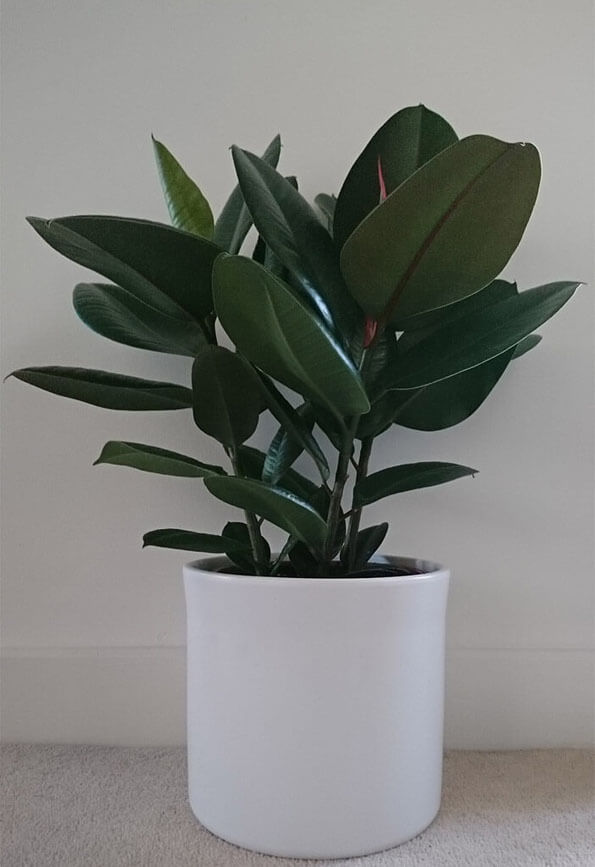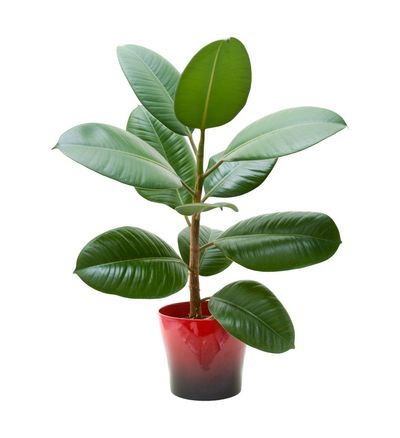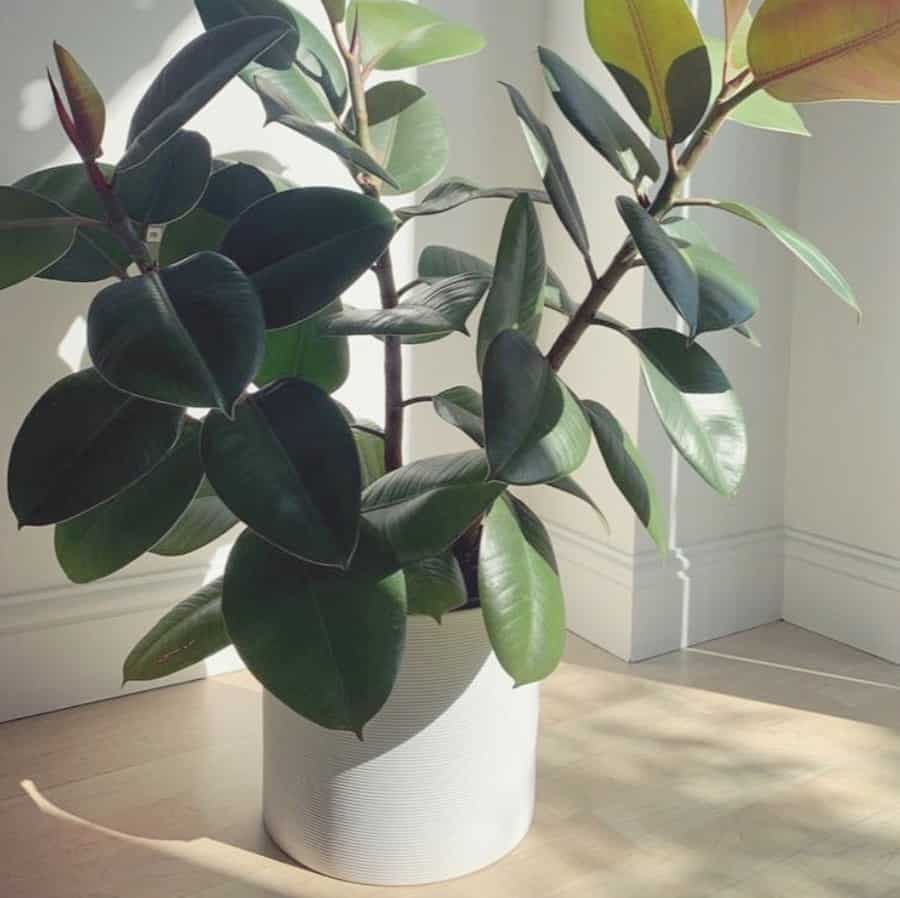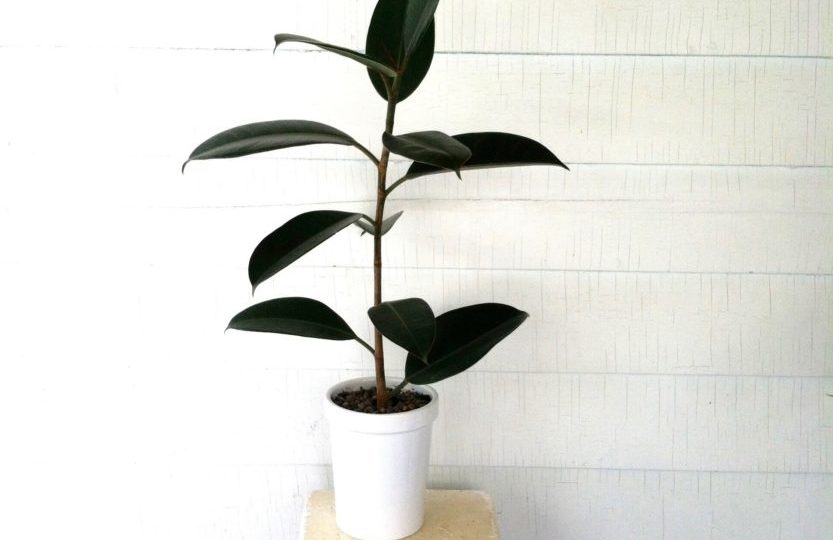Cultivated on plantations in the tropics and subtropics especially in southeast asia and western africa it replaced the rubber plant in the early 20th century as the chief source of natural rubber it has soft wood.
What eats a rubber tree.
Rubber tree plant problems.
A rubber tree also referred to as rubberwood can be tapped for latex once it reaches approximately six years of age.
The rubber tree plant is also called the rubber wood tree or rubber fig tree.
Despite all the predation rubber trees still are among the most common trees in the floodplain forest.
Believe it or not but a.
The indian rubber tree ficus benjamina also known as the weeping fig tree causes vomiting when eaten and severe skin irritation when brushed up against.
Their milky sap was formerly used as a source of rubber although.
Rubber tree hevea brasiliensis south american tropical tree of the spurge family euphorbiaceae.
Tambaqui love rubber tree seeds so much that they will tear up seedlings to eat the remainder of the nut.
The tree can grow to over 100 feet tall 30 meters in the wild and as an indoor houseplant it usually grows to between 2 6 meters.
Rubber tree plants ficus elastica are named for their original use and not because they are pliable.
Another predator of the rubber tree is the tambaqui.
In the wild the rubber tree will grow to heights of 100 to 130 feet and can live up to 100 years.
If your dog eats a toxic plant you.
The plant produces a milky colored latex sap which can be retrieved from the plant once it matures to an age of about six years old.
Tambaqui destroys the rubber tree s seedlings and eats the nut that are left.
War against the rubber tree.
Its most famous feature is the milky white sap known as latex which flows freely from the tree when a sliver of bark is removed.
There are not too many predators something that hurts it but there are some in south america leaf blight is a fungus that stops the tree from growing.









